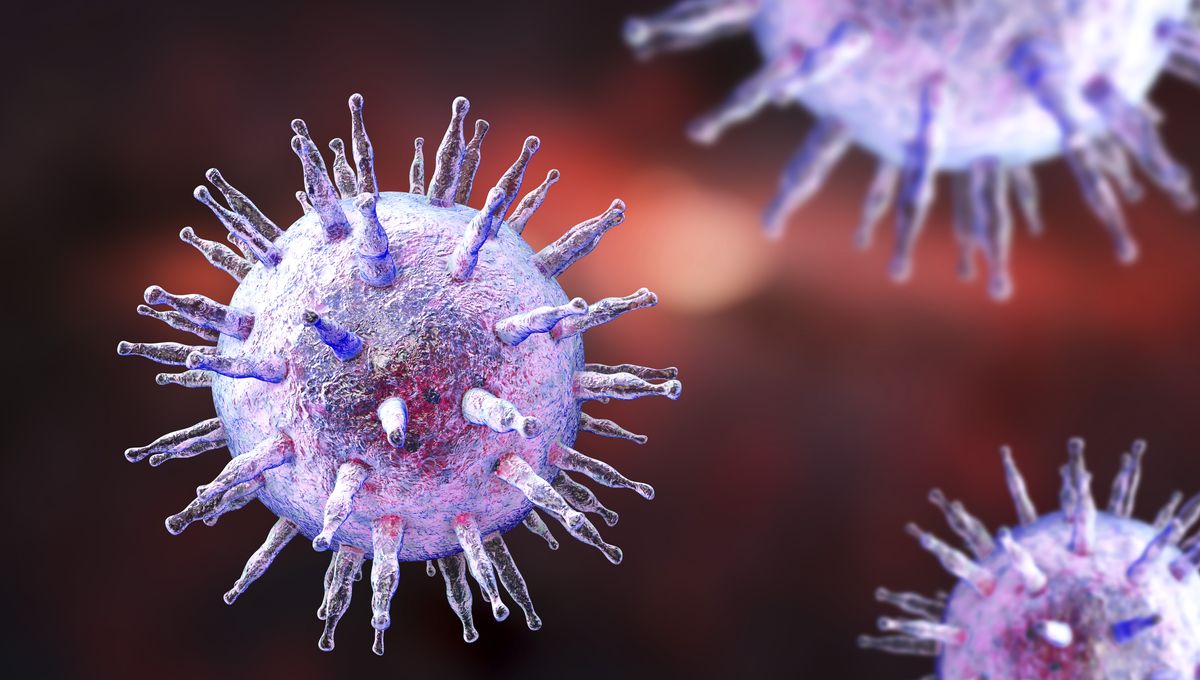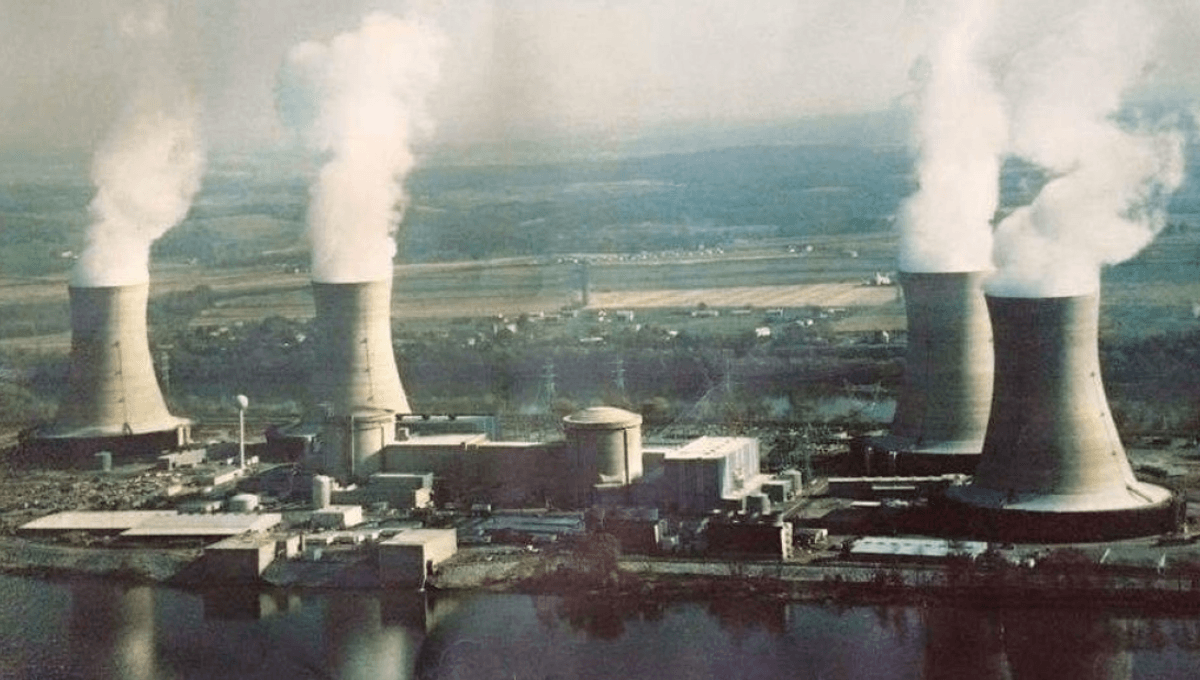Scientists have developed an exciting new vaccine formulation that could revolutionize the fight against the Epstein-Barr virus (EBV). In their groundbreaking research, they combined a lymph node targeting Amphiphile vaccine adjuvant, Amphiphile-CpG, with EBV gp350 glycoprotein and an engineered EBV polyepitope protein. This protein contains 20 CD8+ T cell epitopes from both latent and lytic EBV antigens.
But what exactly is an amphiphile? Well, it’s a molecule that possesses both “water loving” and “fat loving” properties. And an adjuvant? It’s an ingredient that helps a vaccine stimulate a stronger immune response. The researchers explain that the EBV gp350 glycoprotein is a crucial element of the EBV viral capsid, responsible for facilitating viral entry into host cells through its interaction with complement receptor 2.
Now, let’s talk about epitopes. These are the parts of an antigen that the immune system recognizes. The engineered recombinant protein, known as EBVpoly, was specifically designed to encode 20 different conserved immunodominant CD8+ T cell epitopes derived from various EBV lytic and latent antigens. CD8+ T cells, which are white blood cells, play a vital role in eliminating infected or damaged cells. The authors describe EBVpoly as having a structure resembling “beads on a string.”
EBV can undergo lytic replication, producing more virus particles. After infection, the virus remains in the body in an inactive, or latent, state. The inclusion of epitopes from both latent and lytic antigens in EBVpoly aims to generate T cell responses targeting different phases of the EBV life cycle. Additionally, the authors made sure to include peptide epitopes that are restricted through multiple common HLA (human leukocyte antigen) class I alleles, ensuring broad coverage across various ethnic groups.
The authors conducted in vitro stimulation experiments using human PBMCs (peripheral blood mononuclear cells) from healthy virus carriers. They found that the EBVpoly protein expanded polyfunctional CD8+ T cells, which were directed to 2–5 epitopes derived from both latent and lytic EBV antigens.
Excitingly, in vivo studies in HLA transgenic mice demonstrated that the vaccine not only induced T cell responses against EBVpoly but also generated strong CD4+ and CD8+ T cell responses against gp350. This suggests that a diverse immune response could be achieved in potential human vaccines. Furthermore, the immune responses induced by the vaccine lasted over seven months in mice.
The researchers also showed that adoptively transferred EBVpoly-stimulated T cells, with or without gp350-specific antibodies, effectively controlled the progression of EBV lymphoma and associated outgrowth of EBV-transformed lymphoblastoid cells in the spleen and peripheral blood. These results confirm the activity of EBV-specific CD8+ T cells against EBV-transformed cancers.
This groundbreaking study has been published in the prestigious journal Nature Communications.








